Old Dreeser - crazing and cracking - what options?
theedudenator
12 years ago
Related Stories

KITCHEN CABINETSGet the Look of Wood Cabinets for Less
No need to snub plastic laminate as wood’s inferior cousin. Today’s options are stylish and durable — not to mention money saving
Full Story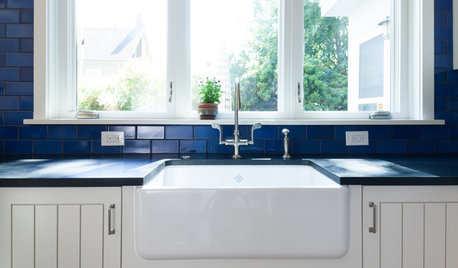
KITCHEN DESIGNKitchen Sinks: Fireclay Brims With Heavy-Duty Character
Cured at fiery temperatures, fireclay makes for farmhouse sinks that just say no to scratches and dents
Full Story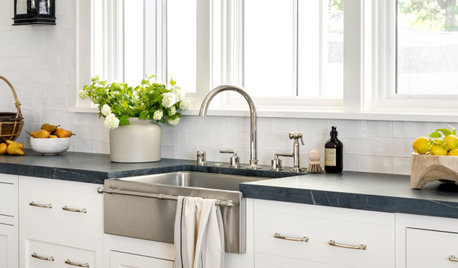
KITCHEN DESIGN8 Kitchen Sink Materials to Consider
Learn the pros and cons of these common choices for kitchen sinks
Full Story
TINY HOUSESHouzz Tour: A Custom-Made Tiny House for Skiing and Hiking
Ethan Waldman quit his job, left his large house and spent $42,000 to build a 200-square-foot home that costs him $100 a month to live in
Full Story
DECORATING GUIDESLessons in Living Comfortably: Embrace the Scratches and Dents
When you celebrate wear and tear, you send a message that your home is designed for relaxation
Full Story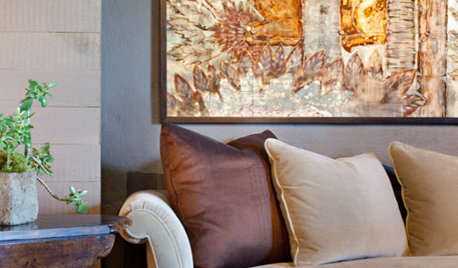
DECORATING GUIDES13 Home Design and Decor Trends to Watch for in 2013
It's predictions ahead as we find out what's on the radar of designers and makers for the coming year
Full Story
LIFEReluctant DIYer’s Diary of a Dresser Makeover
Weekend project: Glossy new black-and-white dresser, hold the sandpaper
Full Story
KITCHEN CABINETSKitchen Cabinet Color: Should You Paint or Stain?
Learn about durability, looks, cost and more for wooden cabinet finishes to make the right choice for your kitchen
Full Story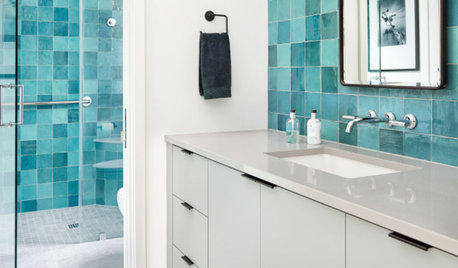
TILEPorcelain vs. Ceramic Tile: A Five-Scenario Showdown
Explore where and why one of these popular tile choices makes more sense than the other
Full Story
SELLING YOUR HOUSEHome Staging to Sell: The Latest Techniques That Really Work
Get up to speed on the best ways to appeal to potential buyers through accessories, furniture, colors and more
Full Story

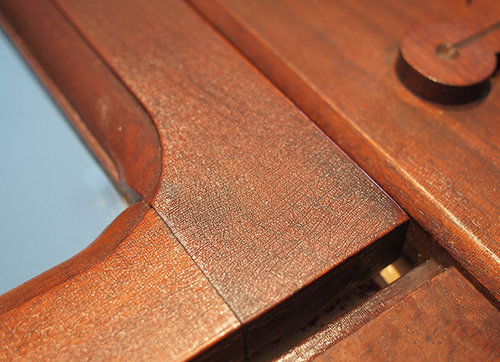

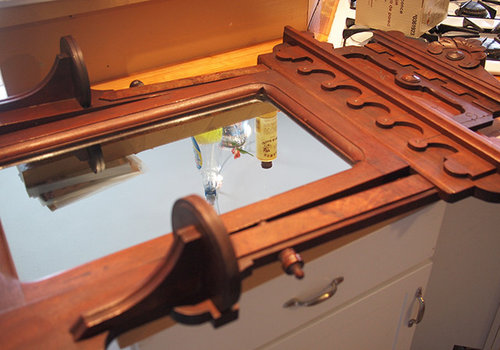
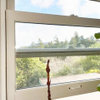



sloyder
User
Related Professionals
West Freehold Cabinets & Cabinetry · Fruit Cove Carpenters · Miami Carpenters · South Miami Carpenters · Addison Flooring Contractors · Dublin Flooring Contractors · Fox Chapel Flooring Contractors · Laconia Flooring Contractors · Little Falls Flooring Contractors · Norfolk Flooring Contractors · Westerville Flooring Contractors · Fullerton Flooring Contractors · Eagan Furniture & Accessories · Easton Furniture & Accessories · Greenville Furniture & AccessoriestheedudenatorOriginal Author
User
sombreuil_mongrel
brickeyee
theedudenatorOriginal Author
sloyder
brickeyee
User
sombreuil_mongrel
lindac